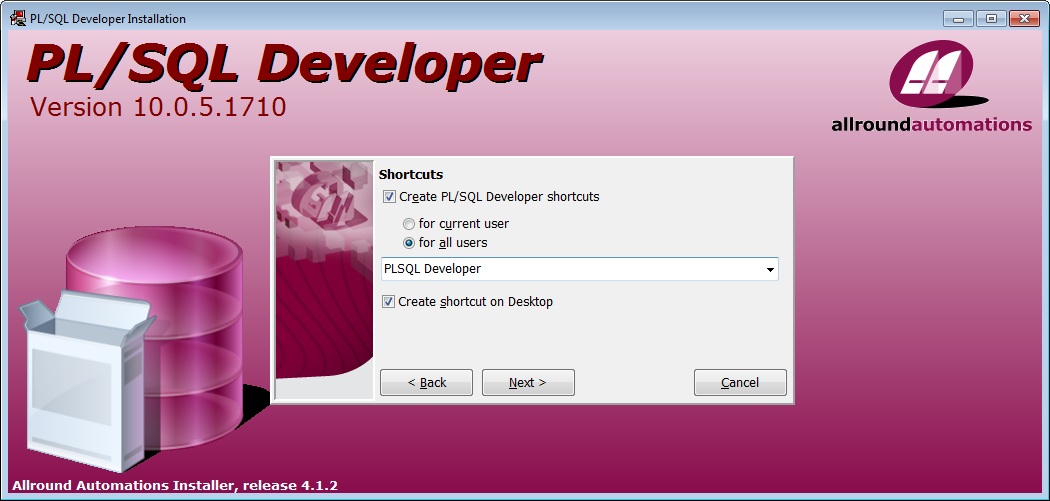

The techniques require use of specialized software that allow the attacker to man-in-the-middle communications between the web browser and the remote system in order to change the destination of various application interface elements.Īn attacker hosts or joins an event or transaction within an application framework in order to change the content of messages or items that are being exchanged. When the goal is to spread malware, deceptive content is created such as modified links, buttons, or images, that entice users to click on those items, all of which point to a malicious URI. In general, content-spoofing within an application API can be employed to stage many different types of attacks varied based on the attackers' intent. Performing this attack allows the attacker to manipulate content in such a way as to produce messages or content that look authentic but may contain deceptive links, spam-like content, or links to the attackers' code. An attacker manipulates either egress or ingress data from a client within an application framework in order to change the content of messages and thereby circumvent the expected application logic.


 0 kommentar(er)
0 kommentar(er)
